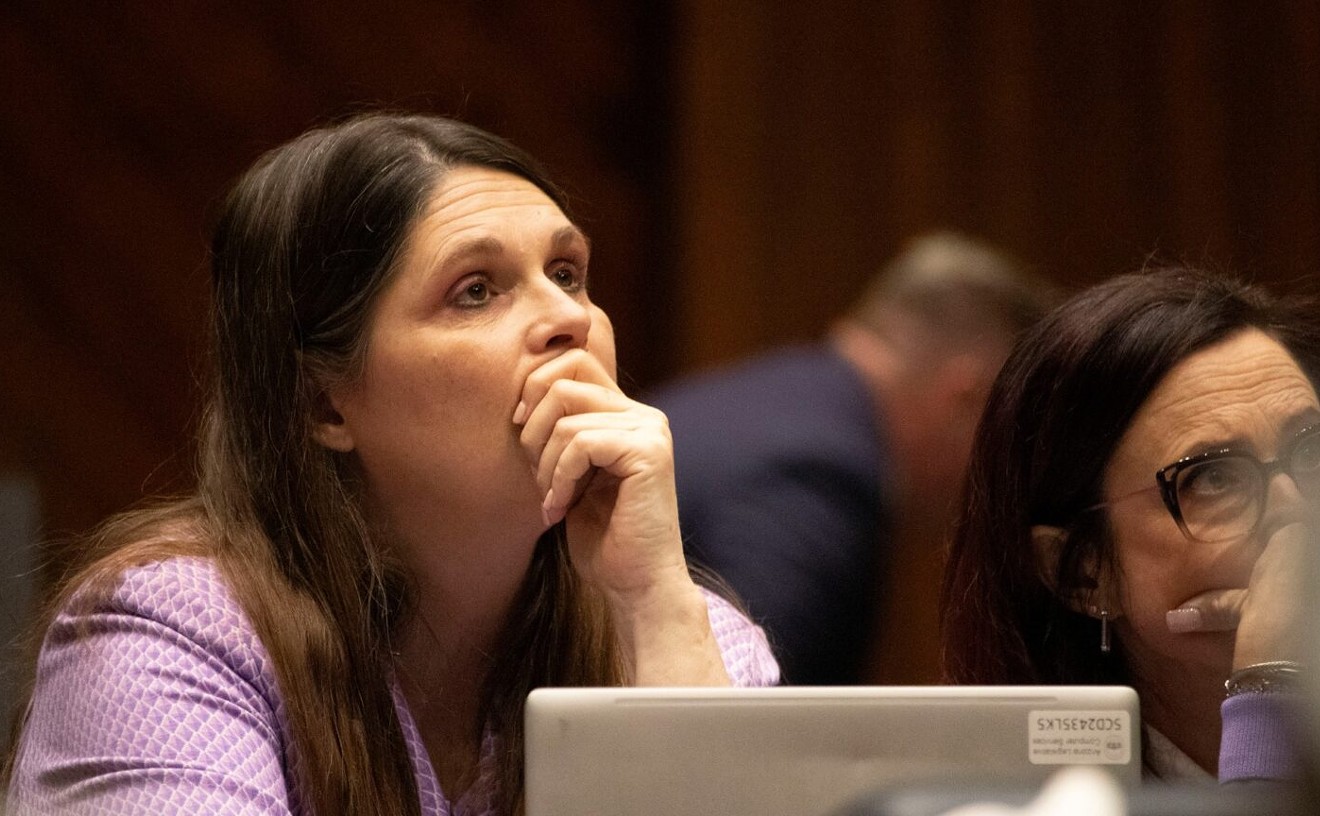Pima County has one of the largest collection of missing-persons reports in the nation.
Of the Mexican border crossers that die in Arizona each year, mostly due to heat exhaustion and dehydration, most are unidentified. But because heat causes their bodies to dry out and mummify, it makes identifying them by fingerprinting almost impossible.
"When a hand becomes mummified, it's firm, leathery and shriveled," Pima Country's Chief Medical Examiner Dr. Greg Hess says. "There's no friction for the [fingerprint] ink to stick to. It's a longstanding conundrum."
But the Pima County Office of the Medical Examiner (PCOME) came up with a solution: A sodium hydroxide solution, to be specific. Soaking mummified hands in the solution between 48 to 72 hours causes the skin to soften and rehydrate, thus making it possible to get a usable fingerprint. However, the process has to monitored closely.
"If you don't soak it long enough, you won't get a fingerprint. But if you soak them too long, you could dissolve the tissue," Hess says.
PCOME began to develop this technique in 2001, experimenting with homemade solutions and injections in an attempt to rehydrate the skin. Since settling on the sodium hydroxide solution, they've been using it more and more, identifying 425 people with this process from 2001 to 2012, according to Hess.
Between 150 and 200 unidentified border crossers die in Arizona each year, and most are no longer recognizable by the time they get to the PCOME. But because many border crossers carry false documentation, PCOME relies on fingerprints to correctly identify people. At around $5 per person, this technique is an economical solution that has become crucial to identify missing persons.
"We've had so many remains that we've used (this technique) on," Hess says. "It's absolutely instrumental."
Follow Valley Fever on Twitter at @ValleyFeverPHX.










